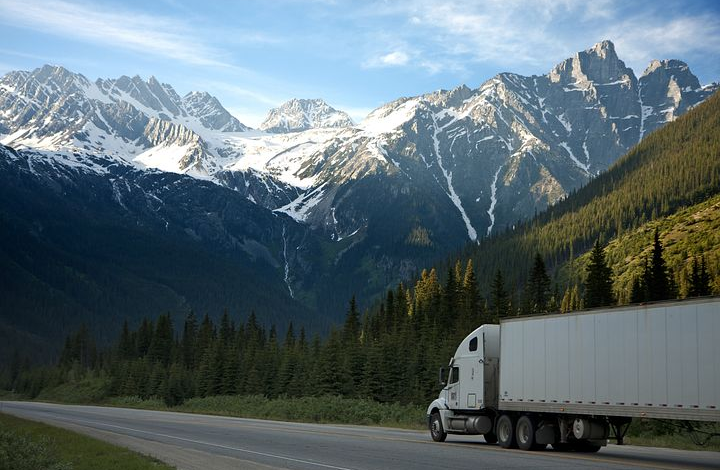How to Protect Shipments from Freezing Temperatures

Whether you’re shipping entire loads of freight or individual items you’ve sold on Etsy, you need to be aware of how freezing winter temperatures can affect your shipments, and what to do to protect them. While low temperatures can expose freight to freezing damage, winter road conditions can contribute to shipping delays that can put your freight at the risk of being exposed to freezing temperatures longer.
You need to make sure your shipments are properly protected from the cold and the elements. Insulate them and package them appropriately. Use temperature-controlled shipping and freeze indicators, so you know when damage might have occurred. Finally, when packing shipping boxes, containers, or trailers, get as much into the load as you reasonably can, so that it hopefully spends less time in transit.
Insulate Your Shipments
Insulating your shipments is one of the most important things you can do to protect your stuff from freezing while it moves through the supply chain in the winter. Pack individual boxes with styrofoam panels, thermal bubble wrap, or a thermal box liner. You can buy styrofoam boxes to ship your contents in. You can also buy gel packs (to keep your contents at a consistent cool temperature) or hot packs (to keep your contents at a consistent hot temperature) to control the temperature inside your shipping box for up to about 36 hours. You may want to wrap the outside of your box in sealed plastic to keep out moisture.
If you’re shipping large amounts of freight, you also need to think about insulating your pallets. Use insulating blankets or pallet covers to insulate entire pallets from the cold outside. These covers lock out exterior conditions, keeping your freight nice and cozy.
Use Temperature-Controlled Shipping Services
Reefer trucks aren’t just for summertime shipping. They also have an important purpose to serve in the winter. While putting your cargo on a chilled trailer to protect it from freezing might not be the first thing that leaps to mind, keeping your stuff on a refrigerated truck will keep it from freezing. Of course, it will also keep it cool, so don’t use this option with anything that needs to stay above 60 degrees Fahrenheit.
You can also find carriers that offer heated shipping services in the winter. Full truckload carriers might heat an entire trailer, while less than truckload (LTL) carriers might offer trailers with heated compartments or might offer to direct warm air under your insulating blankets or pallet covers.
Pack Your Freight with Freeze Indicators
The trouble with some of the weather damage that your freight might encounter is that it’s not always obvious when freight has reached temperatures low enough to cause damage. You can’t just open stuff up to see if it’s frozen or if it’s sustained textural or other changes that could indicate having been frozen. Your freight might not even still be frozen when it reaches its destination. Perhaps it traveled through the desert at night, and froze due to the cold temperatures, only to thaw out again when daytime temperatures rose inside the trailer.

Freeze indicators can tell you whether something has frozen or reached freezing temperatures. Put them on your pallets or shipping boxes and they’ll let you or your recipient know when your shipment has reached freezing temperatures. You can even get real-time freeze indicators that let you know when your shipment is about to freeze, so you can take steps to save it from damage ahead of time.
Get as Much on the Trailer as You Can
When you’re packing items for shipping, use the smallest box you can reasonably use. There should be room inside the box to insulate the contents and surround them with impact protection, with no extra space for the contents to roll around. This protects contents from breakage and, if you’re packing entire pallets or containers, it allows you to get as much product into each pallet, container, and trailer as you can. This ensures that your products will be delivered faster, which is especially important if you’re shipping time-sensitive items like live animals or fresh produce. In general, it’s best to ship your freeze-sensitive, time-sensitive items at the beginning of the week, so they won’t be held up over the weekend, and to use the fastest shipping option available to you.
Freezing temperatures pose a threat to your shipments, and that’s why you’ve got to take steps to protect your shipping freight from the weather. When you use the right shipping carriers, insulation, and packaging tools, you can keep anything from freezing in cold weather – and that means you can keep doing business as usual all winter long.



